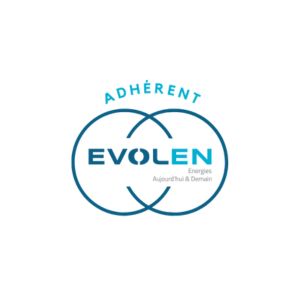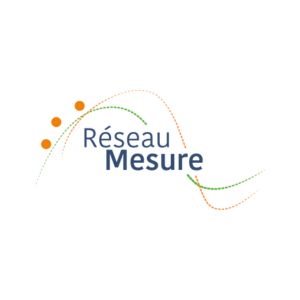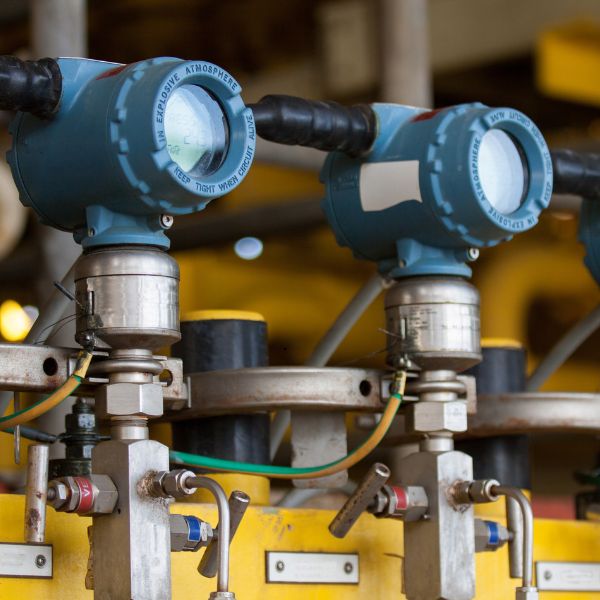
Test Safety
high-level safety testing services for your industrial instrumentation
Ensuring Functional Integrity and Safety Before Start-Up
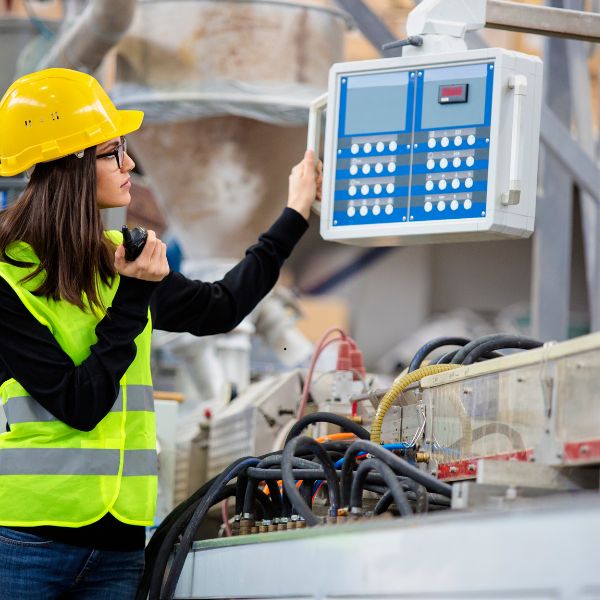
At CIRA, our safety testing and assessment services are designed to ensure that every component of your industrial instrumentation system performs safely and reliably—meeting the most stringent international standards and your specific operational requirements.
Through comprehensive testing under simulated operational scenarios, we validate your equipment’s ability to respond accurately, consistently, and securely to real-world conditions, including unexpected or high-risk events.
Why choose CIRA?
your productivity is our priority!
Our Safety Testing Approach
In parallel with functional testing, we conduct in-depth safety assessments to identify and mitigate potential vulnerabilities. Whether mechanical, procedural, or digital, risks are proactively addressed to minimize the likelihood of accidents, failures, or cyber threats—protecting both your operations and your sensitive data.
By relying on our safety and security expertise, you gain the assurance that your systems are not only high-performing, but also resilient to modern industrial challenges.
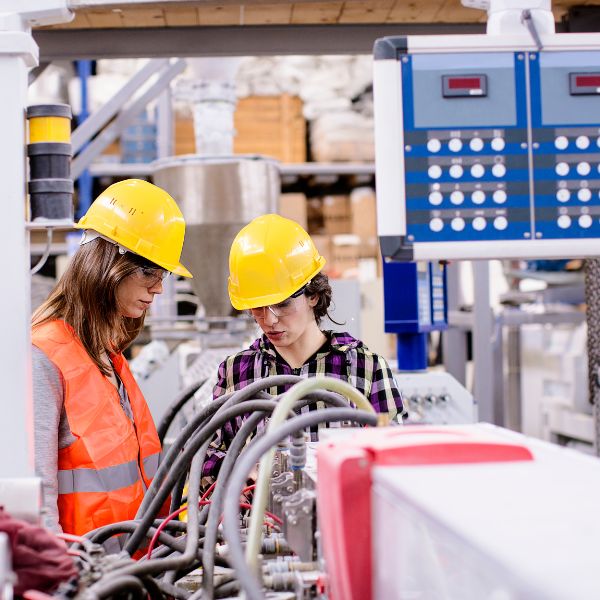
Regulatory Compliance
We ensure your equipment and systems comply with current safety regulations and industry-specific standards, supporting full certification readiness.
Risk Identification
We detect and analyze potential weak points across your systems—allowing you to anticipate and prevent incidents before they impact operations.
Systems Reliability
We stress-test your systems for robustness, resilience, and fault tolerance—helping you achieve operational continuity while reducing the risk of downtime.
Training and Awareness
Our Quali-SIL certified teams provide hands-on training for your technicians in functional safety and Safety Instrumented Systems (SIS). Training includes IEC 61511 standards interpretation and emphasizes how to maintain SIS integrity to prevent industrial hazards.
Tasks performed
CIRA’s safety tests, step by step
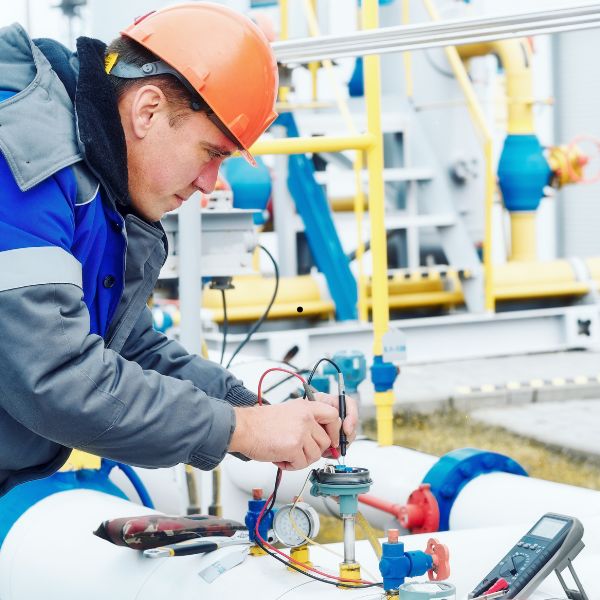 01
01Control loop synchronization
Control loop synchronization in industrial instrumentation involves coordinating the operations of several control loops to ensure optimum, consistent performance of the overall system. This involves forcing several values on a sensor, and checking that these values are correctly transmitted to the control room via the cabling.
Our priorities are the accuracy of values transmitted to the PLC, the accuracy of response times between loops, and continuous monitoring to detect and correct offsets. Clear documentation and regular testing are essential to maintain synchronization and guarantee system stability.
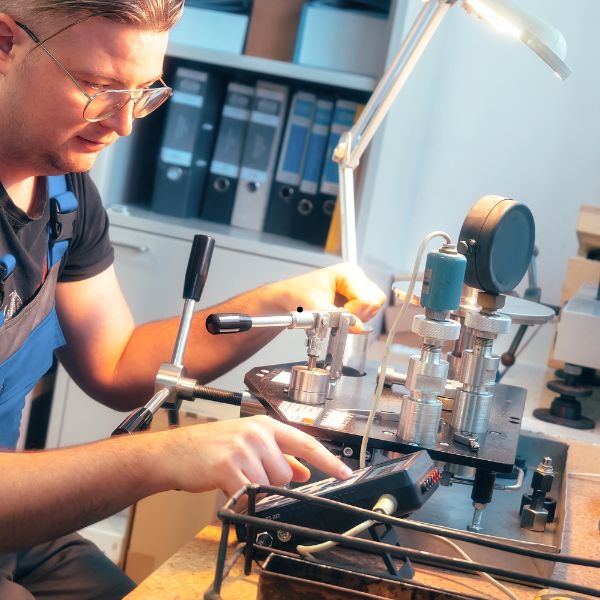 02
02Calibration and functional testing
Functional testing verifies that every component or system in a plant, unit or skid is operating correctly. Conducted in conjunction with design engineers or operators, these tests involve creating every conceivable operational condition and ensuring that equipment reacts as expected, even under extreme conditions. They also identify and correct unexpected behavior, such as an unexpected valve opening, to ensure system reliability.
Our priorities are compliance with standardized procedures, and accurate documentation of results. For functional testing, we simulate real-life operating conditions to verify all possible usage scenarios, and document results to ensure traceability and compliance with technical specifications.
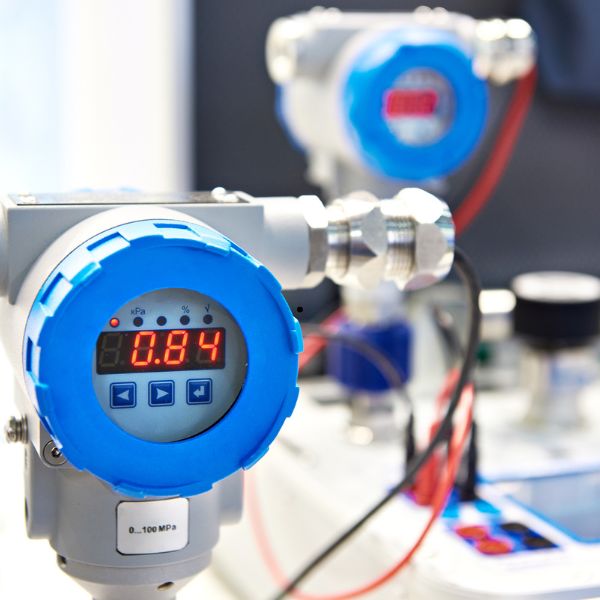 03
03Controls and compliance
Control and compliance involve checking that equipment and processes comply with current standards and regulations. This involves ensuring that measuring and control instruments operate to defined specifications, and that operations are carried out in accordance with legal requirements and industry standards.
Our priorities are to ensure that equipment and accessories are installed in zones corresponding to their classification level (e.g. ATEX), and that the installation of the entire system is compliant. We inform the operator if an anomaly is detected. They also cover the implementation of regular verification procedures and the keeping of detailed documentation of inspection results. We also keep abreast of regulatory developments, and train staff in best practices to ensure ongoing compliance.
 04
04Documentation
Documentation is essential to ensure traceability, maintenance and compliance of measurement and control systems. It encompasses the creation and management of documents detailing installation, calibration and maintenance procedures, as well as test and verification results.
Our priorities are to provide the operator’s methods department with all the information they need to keep their technical documentation up to date. This includes information on any modifications we make to the installation (equipment changes, wiring modifications), or any discrepancies we observe between documentation and reality in the field.
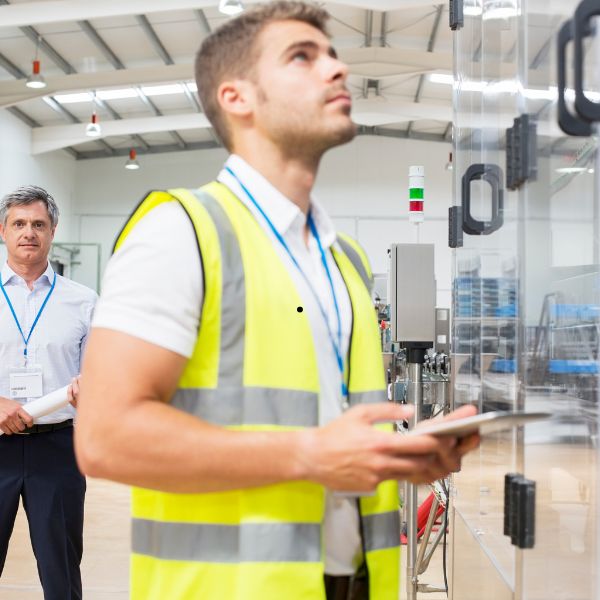 05
05On-call duty 3x8h – 2x8h
On-call means ensuring that technical staff are always available to intervene rapidly in the event of a problem or breakdown, on or off working days and hours. This ensures continuity of operations and minimizes interruptions.
We work 3x8h and 2x8h shifts to ensure that our on-site services are available for the full duration of operations, particularly during site shutdowns and restarts, which can take place over a relatively long continuous period, but are strategic in terms of productivity and safety.
Our priorities are absolute compliance with regulations, to guarantee our customers and employees the best possible availability and working conditions.
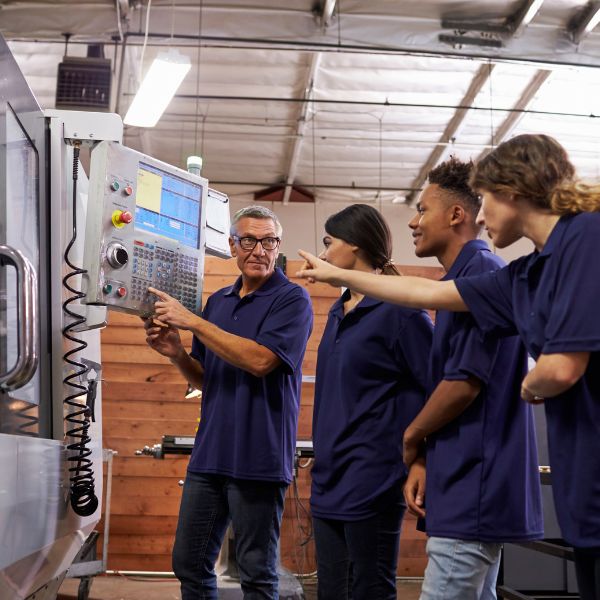 06
06Training
Industrial instrumentation training aims to enhance technical skills and optimize equipment operation. This includes teaching the fundamental and advanced principles of instrumentation, providing practical advice on the use and maintenance of equipment, and ensuring optimum use of systems.
Our priorities are the adaptability and relevance of training programs to meet the needs of industrial instrumentation professions and the specificities of different industries. Clear documentation and well-defined assessment procedures are developed.
